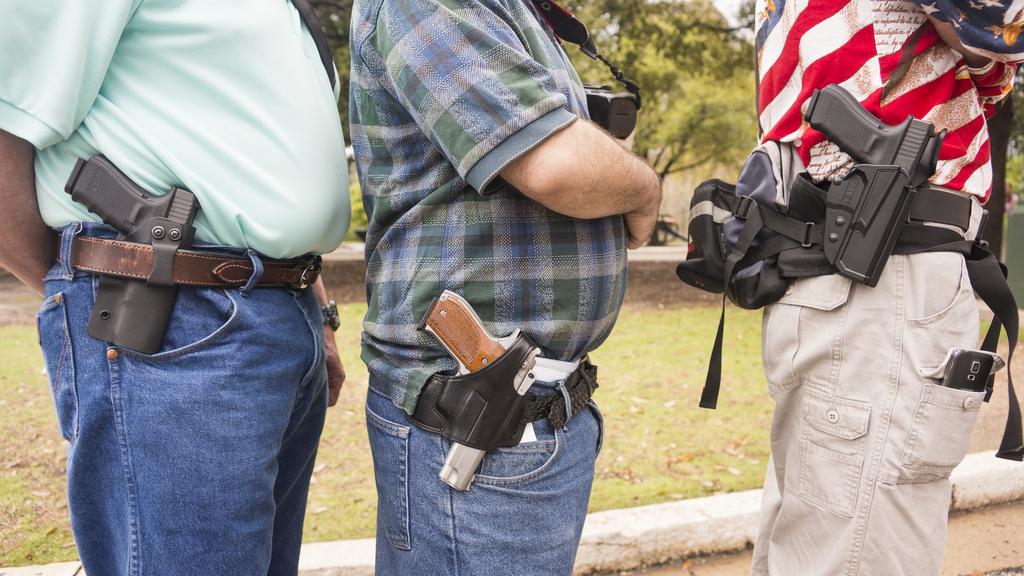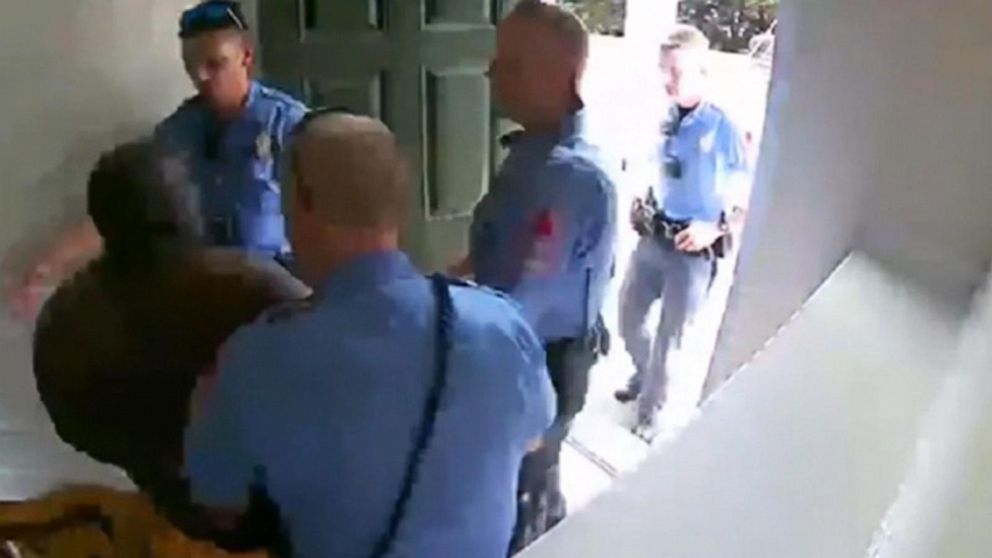/cloudfront-us-east-1.images.arcpublishing.com/gray/PIPR7VLKUJEOXH25JAO6GAZRGA.jpg)
In State v. Giberson, No. 56081-0-II (April 4, 2023), the WA Court of Appeals held that the host of a hotel room lacks authority allowing police to search a guest’s grocery bags located inside the room. A person has a reasonable privacy interest in grocery bags, which are are “traditional repositories of personal belongings.”
FACTUAL BACKGROUND
In May of 2020, police received a tip from a confidential informant that Mr. Giberson planned a drug deal at a nearby motel. Police journeyed to the motel. They conducted surveillance of room #106. Police contacted a person named Mr. Goedker after Goedker departed room #106.
Goedker stated that he was the sole occupant of motel room #106. He said he had been residing there for approximately 10 days. He stated that the defendant Mr. Giberson had stopped by earlier that day. Giberson and a person named Ms. Hopkins remained in the room. Goedker said that there were bags in the motel room belonging to Giberson.
Police opened the door to Room #106. They saw Giberson and an associate sitting at a table. Both Giberson and the associate were detained and removed from the room.
The detectives then searched two plastic grocery bags on the floor next to the door. Inside one of the grocery bags they found a digital scale and two baggies containing heroin. After searching the bags, police asked Goedker if they belonged to him. Goedker denied ownership and stated that the bags belonged to Giberson.
The State charged Giberson with possession of heroin with the intent to deliver. Before trial, Giberson moved to suppress the evidence found in the warrantless search of the plastic grocery bags. The trial court denied the suppression motion. It reasoned that Gibson lacked standing to challenge the search of his bags. Ultimately, the court also found Giberson guilty as charged. Giberson appealed his conviction. He argued that the search of his grocery bags was unlawful because Goedker could not give consent to search his possessions.
COURT’S ANALYSIS & CONCLUSIONS
First, the Court of Appeals addressed the issue of whether Giberson had standing to challenge the search of his bags.
“A defendant has automatic standing under article I, section 7 of the Washington State Constitution to challenge a search when (1) possession is an essential element of the charged offense and (2) the defendant was in possession of the item searched at the time of the challenged search,” said the Court. Here, Giberson has automatic standing to challenge the search. Consequently, the trial court erred in concluding that Giberson did not have standing.
Next, the Court of Appeals addressed the issue of whether the search of Gibson’s bags was lawful.
The Court reasoned that warrantless searches are unlawful under the Washington Constitution and the Fourth Amendment to the United States Constitution. Valid consent is an exception allowing for a warrantless search. However, consent to search an area does not necessarily provide authorization to search belongings of a third person inside the area. Here, Goedker did not own, possess, or control Giberson’s grocery bags. Therefore, Goedker did not have authority to consent to the search of Giberson’s bags.
The Court of Appeals further reasoned that a search is unconstitutional if the defendant had a reasonable expectation of privacy in the item searched. Here, Giberson clearly sought to preserve as private the drugs and digital scale by placing them in his grocery bag. The Court addressed whether Giberson had a privacy interest in storing his belongngs in plastic bags:
“Grocery bags can be characterized as ‘traditional repositories of personal belongings.” People certainly put personal grocery items and other personal items obtained in a grocery store like prescription medications in such bags. And common experience tells us that people also use grocery bags to carry other personal items. For example, this may be true for people such as those experiencing homelessness who may not have space for their personal items. Giberson reasonably could expect that others would not search his grocery bags without his consent. Therefore, we conclude that Giberson had a reasonable expectation of privacy in his grocery bags.” ~WA Court of Appeals.
With that, the Court of Appeals concluded that Goedker’s authority to give consent to search his hotel room did not extend to the search of Giberson’s grocery bags. Furthermore, Giberson had a reasonable expectation of privacy in those bags. Therefore, the trial court erred in failing to suppress the heroin and digital scale found in the search of the grocery bags. Giberson’s conviction was reversed.
Please contact my office if you, a friend or family member are charged with a crime involving Search and Seizure. Hiring an effective and competent defense attorney is the first and best step toward justice.














